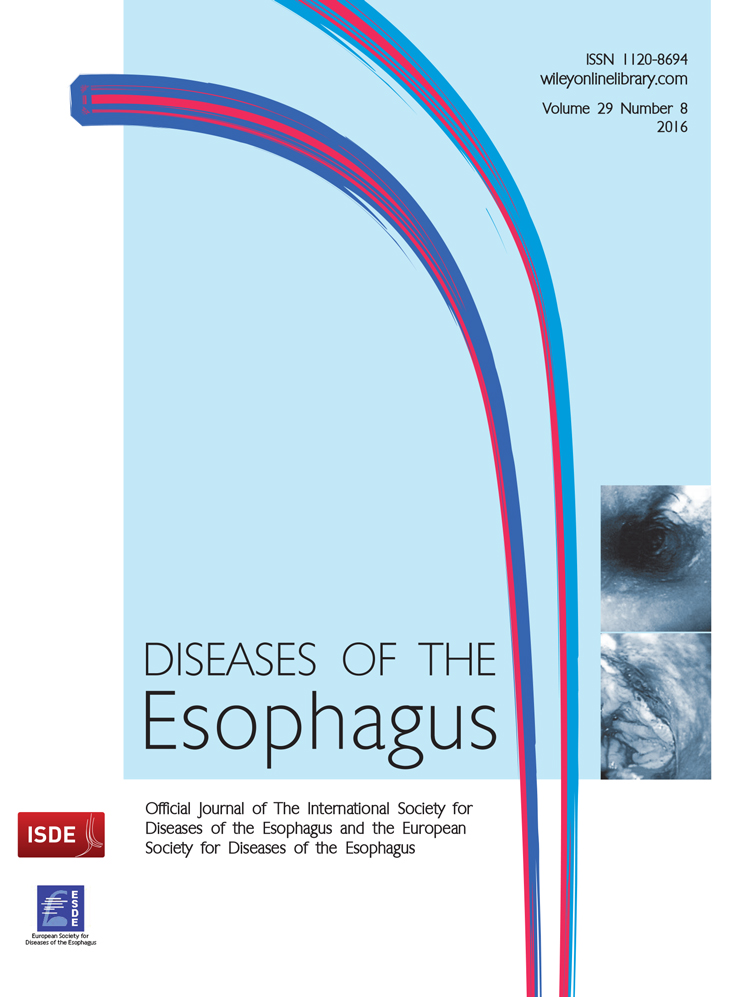The tylosis esophageal cancer (TOC) locus: more than just a familial cancer gene †
Abstract
Tylosis (focal non-epidermolytic palmoplantar keratoderma; NEPPK) is associated with esophageal cancer in three families, two of which contain six or seven generations. The causative locus, the tylosis esophageal cancer (TOC) gene, has been localized to a small region on chromosome 17q25. Recent loss of heterozygosity (LOH) studies have indicated a role for the TOC gene in sporadic squamous cell esophageal cancer and Barrett’s adenocarcinoma. We have now integrated genetic and physical mapping data from the TOC region, based on microsatellite markers and radiation hybrid, yeast (YAC), bacterial (BAC) and P1 artificial chromosomal (PAC) clones, and formed a partial minimal contig of one non-chimeric YAC (330 kb) and one PAC. Twenty-three candidate genes, including envoplakin (EVPL), were mapped against this contig, but only one was shown to be located within the minimal region. This physical map will allow further characterization of the region and identification of a gene implicated in both familial and sporadic squamous cell esophageal carcinoma and Barrett’s adenocarcinoma.




